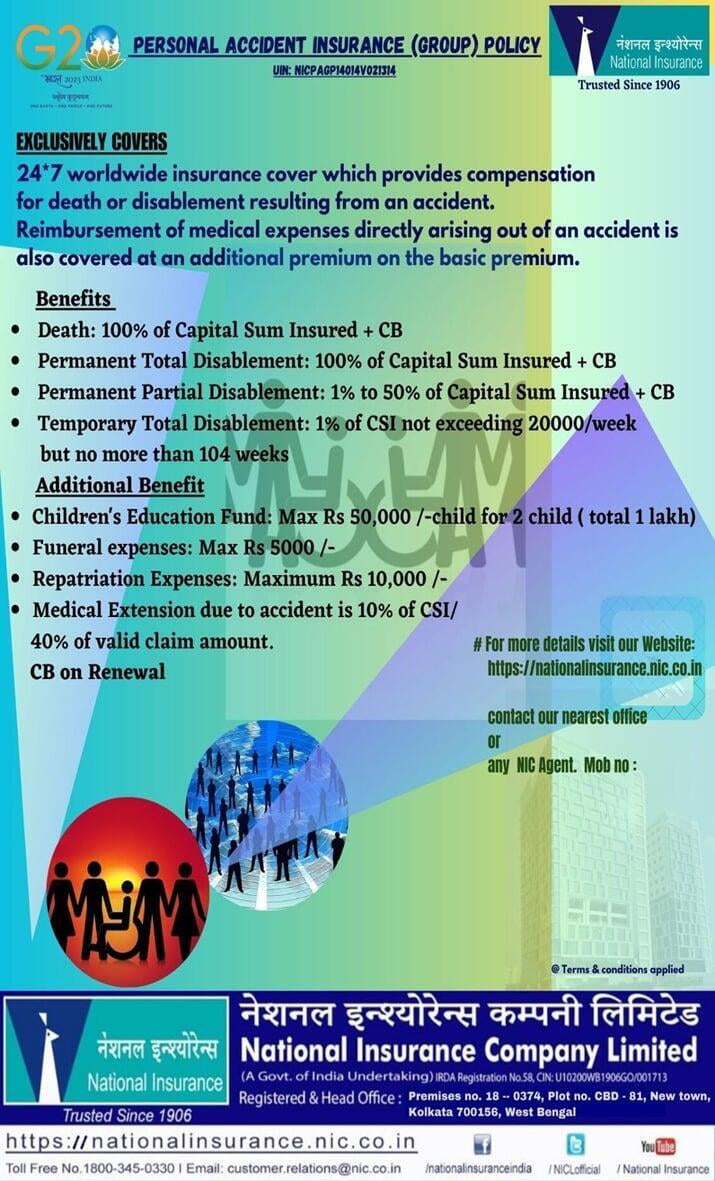General Insurance
How Insurance Works
How Insurance Works
Many insurance policy types are available, and virtually any individual or business can find an insurance company willing to insure them—for a price. Common personal insurance policy types are auto, health, homeowners, and life insurance. Most individuals in the United States have at least one of these types of insurance, and car insurance is required by state law.
Insurance Policy Components
Insurance Policy Components
Policy Premium
A policy’s premium is its price, typically a monthly cost. Often, an insurer takes multiple factors into account to set a premium. Here are a few examples:3
- Auto insurance premiums: Your history of property and auto claims, age and location, creditworthiness, and many other factors that may vary by state.
- Home insurance premiums: The value of your home, personal belongings, location, claims history, and coverage amounts.
- Health insurance premiums: Age, sex, location, health status, and coverage levels.
- Life insurance premiums: Age, sex, tobacco use, health, and amount of coverage.
Much depends on the insurer's perception of your risk for a claim. For example, suppose you own several expensive automobiles and have a history of reckless driving. In that case, you will likely pay more for an auto policy than someone with a single midrange sedan and a perfect driving record. However, different insurers may charge different premiums for similar policies. So finding the price that is right for you requires some legwork.
Policy Limit
The policy limit is the maximum amount an insurer will pay for a covered loss under a policy. Maximums may be set per period (e.g., annual or policy term), per loss or injury, or over the life of the policy, also known as the lifetime maximum.





